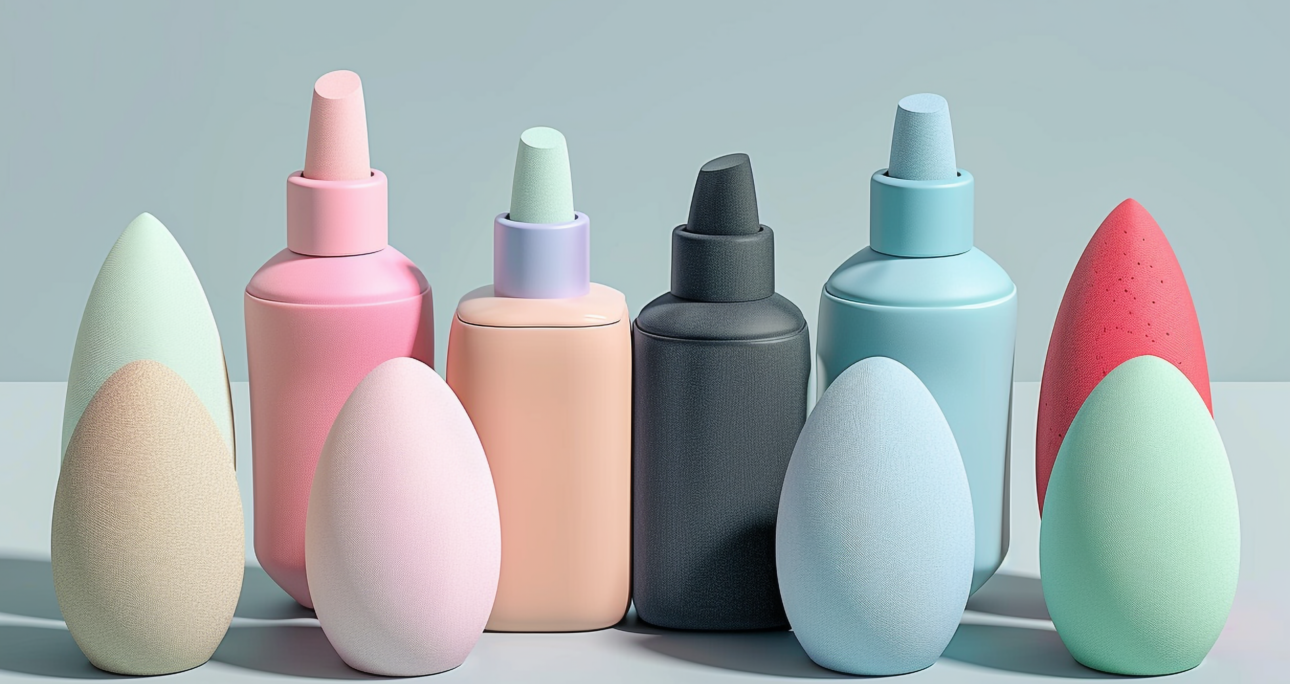Sustainability is no longer an option; it’s a responsibility that design businesses must embrace to foster positive change. In this guide, we’ll explore innovative sustainable design solutions that not only reduce environmental impact but also pave the way for a more responsible and regenerative future.
1. Cradle-to-Cradle Design:
Embrace the cradle-to-cradle design approach, which focuses on creating products that can be fully recycled or repurposed at the end of their life. Design with the entire lifecycle in mind, ensuring that materials are safe for both humans and the environment.
2. Biophilic Design Principles:
Integrate biophilic design elements that connect people with nature. Use natural materials, incorporate green spaces, and maximize natural light to create spaces that enhance well-being while minimizing the environmental footprint.
3. Modular and Upgradable Products:
Design products that are modular and upgradable. This not only extends the lifespan of the product but also reduces the need for frequent replacements. Consumers can upgrade individual components instead of discarding the entire item.
4. 3D Printing for Sustainable Prototyping:
Utilize 3D printing for sustainable prototyping. This technology allows for the creation of prototypes with minimal material waste, offering a more eco-friendly alternative to traditional manufacturing processes.
5. Solar-Powered Design Solutions:
Explore solar-powered design solutions. From solar-powered lighting fixtures to portable solar chargers, integrating solar technology into your designs harnesses renewable energy and reduces reliance on traditional power sources.
6. Zero-Waste Fashion:
In the fashion industry, adopt zero-waste design techniques. Design patterns that use fabric more efficiently, leaving little to no waste. Consider upcycling or repurposing materials to create unique and sustainable fashion pieces.
7. Recycled and Repurposed Materials:
Experiment with a variety of recycled and repurposed materials. Whether it’s reclaimed wood, recycled plastic, or upcycled textiles, incorporating these materials into your designs reduces the demand for new resources and minimizes waste.
8. Urban Farming and Green Infrastructure:
Integrate urban farming and green infrastructure into architectural designs. Rooftop gardens, vertical farms, and green walls not only enhance the aesthetic appeal of buildings but also contribute to local food production and improved air quality.
9. Water-Efficient Design:
Prioritize water efficiency in your designs. Implement rainwater harvesting systems, design water-efficient appliances, and explore innovative solutions for reducing water consumption in both residential and commercial spaces.
10. Collaborations for Circular Fashion:
Collaborate with other brands to create circular fashion initiatives. Implement clothing take-back programs, where used garments are collected, refurbished, and resold. This collaborative approach can reshape the fashion industry’s approach to consumption.
Communicating Sustainable Design Solutions
1. Visual Storytelling:
Use visual storytelling to communicate the sustainable features of your designs. Infographics, before-and-after images, and process illustrations can help convey the positive impact of your sustainable design solutions.
2. Interactive Design Showcases:
Create interactive showcases that allow users to explore the sustainable features of your designs. Virtual reality (VR) or augmented reality (AR) experiences can immerse users in the innovative and eco-friendly aspects of your products.
3. Engaging Social Media Campaigns:
Launch engaging social media campaigns that highlight the unique aspects of your sustainable designs. Encourage user-generated content by inviting your audience to share their experiences with your eco-friendly products.
Marketing Strategies for Sustainable Design Solutions
1. Collaborate with Sustainable Influencers:
Partner with influencers who are passionate about sustainability. Their endorsement can amplify your message and reach a wider audience that values eco-conscious design solutions.
2. Educational Webinars and Workshops:
Host webinars and workshops to educate your audience about the innovative sustainability features of your designs. Provide insights into the design process, materials used, and the environmental benefits of your products.
3. Limited-Edition Sustainable Releases:
Create buzz around your sustainable design solutions by launching limited-edition releases. Highlight the exclusivity of these designs and the eco-friendly elements that make them stand out.
Measuring and Enhancing Sustainability in Design
1. Life Cycle Assessments (LCAs):
Conduct Life Cycle Assessments (LCAs) to measure the environmental impact of your designs. LCAs provide insights into the entire lifecycle, helping you identify areas for improvement.
2. User Feedback and Iteration:
Gather feedback from users about your sustainable designs. Use this information to iterate and improve future iterations, ensuring that your products align with user expectations and sustainability goals.
3. Industry Certifications and Standards:
Seek industry certifications and standards for sustainable design. This not only provides credibility but also ensures that your designs meet recognized benchmarks for environmental responsibility.
Conclusion
Innovative sustainable design solutions are not just about meeting environmental standards; they’re about shaping a future where design and ecology coexist harmoniously. By incorporating these cutting-edge practices into your design processes, communicating their value transparently, and implementing strategic marketing, your business can become a beacon of sustainability in the creative industry. Embrace the challenge, let innovation guide your designs, and inspire a greener future through responsible and forward-thinking design solutions.





